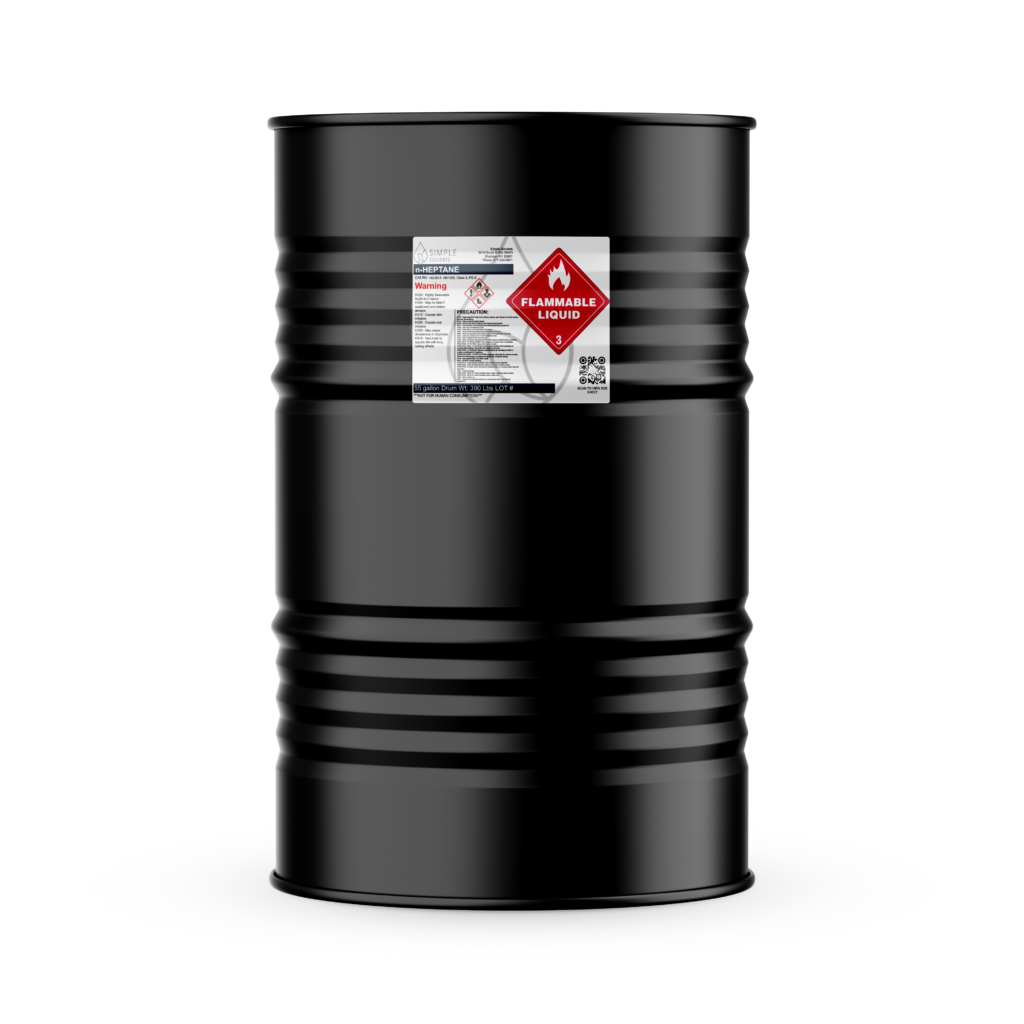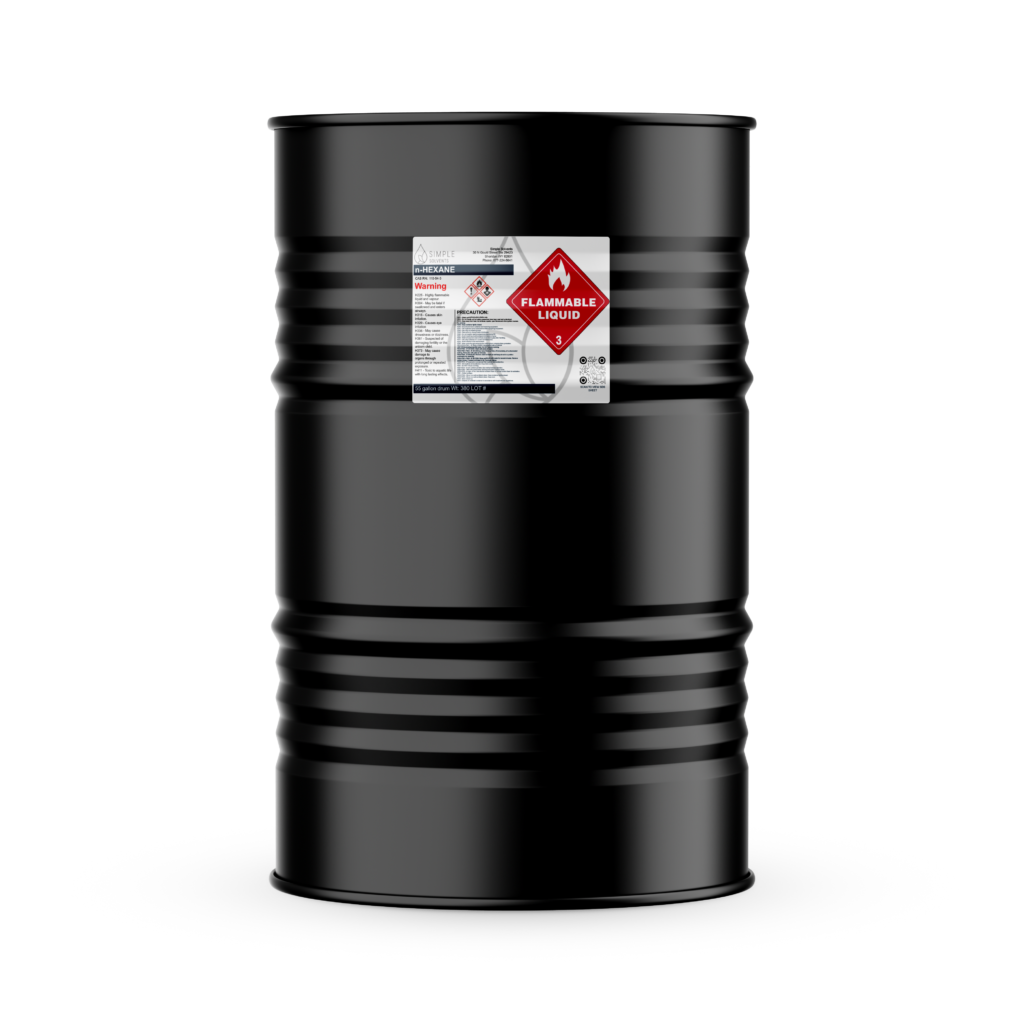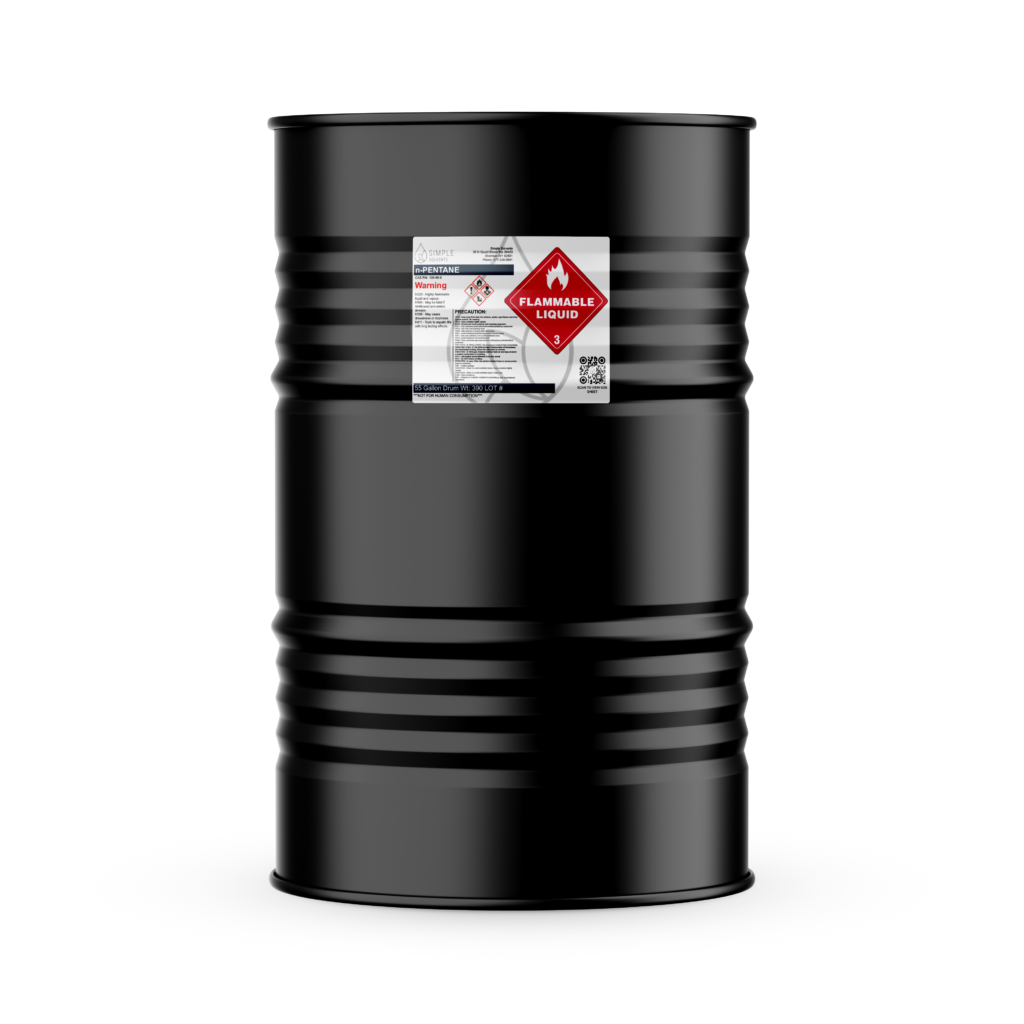Benefits of Heptane vs. Hexane vs. Pentane
The solvent industry gained a 21.8 billion dollars revenue in 2020. And that amount is just the beginning. Reports project that the solvent industry will reach 30 billion dollars by 2025.
The market boom happened because of the enormous demand for solvents in cleaning, laboratory chemical application, and the making of the COVID-19 Vaccine. And in that light, this article will show you how you can benefit from using heptane, hexane, and pentane.

Non-Polar Solvents
Heptane, Hexane, and Pentane are all non-polar solvents.
The alkanes can only dissolve non-polar compounds. Moreover, the liquids can cool below 0 degrees celsius and boil below 100 degrees celsius, making them efficient in laboratory applications.
Manufacturers use the ‘like dissolves like’ principle to extract, purify or make non-polar products like oils, fats, and gasoline. And because of that effect, you’ll find companies using the solvents to make nail polish removers, paint thinners, spot removers, and glue.
What is Heptane?
Heptane is a colorless, highly flammable solvent derived from crude oil. Chemists label the liquid under short-chain alkanes. Gas stations use heptane as a standard for octane ratings, which classifies the anti-knocking properties of different fuels.
The Pros of Using Heptane
You can apply the universal solvent for industrial and laboratory purposes as follows;
Laboratory Uses
Chemists use heptane to differentiate between an iodine and bromine solution. Both of those compounds have a brown color in water. However, when you dissolve the liquids in the non-polar solvent, iodine will turn purple while bromine retains the brown color.
Recently, scientists have been using heptane for manufacturing the mRNA vaccine. The solvent plays a part in the vaccine purification process called anion exchange chromatography. Consequently, the vaccine is free from impurities such as dsRNA, uncapped RNA, and RNA-DNA hybrids.
Industrial Uses
Some people use heptane to manufacture pesticides, chemical fibers, and clean electronic products. The food industry also utilizes heptane to separate vitamin E from food products. Researchers say that the solvent is much safer than hexane in that utility.
What is Hexane?
Hexane is a colorless, highly flammable, volatile solvent that doesn’t dissolve in water. People use the liquid to extract edible oils from seeds and vegetables. The printing industry uses the solvent as a degreaser, and some manufacturers use hexane to make rubber cement, adhesives, varnishes, and inks.
The Pros of Using Hexane
Hexane’s Use in CrystallizationChemists use the crystallization technique to increase the purity of their molecules.
How does that process happen? Well, it’s simple. Molecules attach to growing crystals of the same structure because of a better-fitting crystal lattice.
Scientists can further purify substances by using methods such as filtration to remove unmelted solids. Additionally, they can perform adsorption to remove polar contaminants.
Solvents play an essential role in the crystallization process. When hot, your ideal solvent should adequately dissolve the substance you want to purify.
And your item should have a low solubility when the solvent is cold. Examples of solvents you can use include; hexane, petroleum ether, ethanol, acetone, ethyl acetate, etc.

Experts recommend that you choose your solvent in the following manner:
- Start by using a non-polar solvent such as hexane.
- Put a small amount of your sample in the test tube, then add a few drops of the solvent.
- Heat the mixture to see whether the solid dissolves.
- Use polar solvents such as ethanol if the substance doesn’t dissolve.
- Cool the solution in dry ice acetone to induce crystallization if the substance dissolves.
- Once you find no crystals forming, the substance is too soluble in that solvent, and therefore you shouldn’t use it.
Sometimes, you’ll find that no solvent provides the results you need. And therefore, you can mix two solvents, whose volumes you have to determine through trial and error.
One liquid should be suitable, and the other poor at dissolving the sample. First, add your sample to the excellent solvent and then pour a small amount of the poor solvent into the solution until all three compounds form cloudiness.
Finally, add the good solvent into the mixture until the cloudiness disappears. Then allow the solvent to cool.
What is Pentane?
Pentane is a colorless, volatile liquid with a gas-like odor. Manufacturers get the product from crude oil or natural gas production. After processing, people apply the solvent in many industrial and laboratory procedures.
The Pros of Using Pentane
Laboratory Use: Whether you’re a student or chemist, you’ll find that pentane is an effective solvent you can use in dissolving, diluting, and extracting substances. You get that benefit because the solvent is the most volatile liquid.
However, you’ll only be able to dissolve non-polar compounds and alkyl ethers. Pentane also mixes readily with other solvents such as ethers, chlorocarbons, and aromatics, thus allowing you a wide range of use.
Scientists also use pentane in separation procedures such as chromatography. That process involves a mobile and stationary phase.

And through that, the chemists dissolve their mixture into pentane (mobile phase) and put it in a system that carries it through a capillary tube. The constituents thus separate because of the different velocities in the tubes.
Appliance industries use pentane to make insulators for fridges and heating pipes. Manufacturers make those items by applying the solvent as a blowing agent to make polyesters.
Other people take advantage of pentane’s availability and cheapness to make pesticides, chemicals, and plastics. Moreover, fuelers make isopentane from pentane for energy through an acid-catalyzed isomerization process.
Conclusion
Benefits of Heptane vs. Hexane vs. Pentane: scientists and manufacturers benefit from non-polar solvents in applications such as dissolving, extracting, and suspending other substances. Therefore, you’ll find that heptane, hexane, and pentane are potent reagents in reactions that contain non-polar compounds such as oils and fats. There are also solvent selection guides that are available through various sources.
Researchers use heptane in chromatography to manufacture the mRNA vaccine for the SARS-COV-2 coronavirus. Chemists use pentane in the chromatography separation procedures, while manufacturers use the solvent to make fridge insulators.
Lab technicians use hexane for the purification of samples using the crystallization technique. Note that the non-polar solvents are highly flammable. And you should therefore handle them in well-ventilated areas and away from direct flames.

